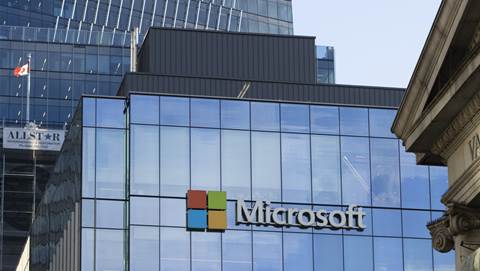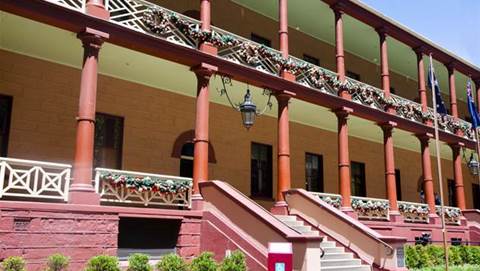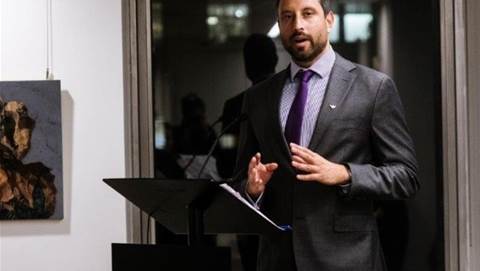In the deal, Prism will join “about 40” other companies promoted by EDS as part of a two-year Australian government initiative, said Nick Hough, principal consultant of the global partner solutions program at EDS in Australia.
“It's not a distribution deal ... and no money has changed hands. We do not seek to get from [Prism] preferential pricing or anything like that. They have to find their own way with our purchasing department as any deal comes to hand,” he said.
The EDS global partner program is part of an Australian Commonwealth and State government initiative to support local IT developers seeking to enter the global market.
Prism gets a chance to display its wares in an international shop window provided by EDS, while EDS offered what it considers to be a “bleeding edge” suite of business process modeling software, Prism X.En to its customers, Hough said.
“From [Prism's] point of view, it appears totally altruistic, although there are hundreds of other companies with similar products, [Prism] have brought together the best of a number of concepts out there,” he said.
Prism's X.En suite offers graphical modeling of business processes, feeding into a component design library, which in turn feeds into a program object library allowing users to build apps from their business model.
The suite lets businesses reintegrate existing legacy applications – a problem causing headaches in businesses everywhere. “What's bleeding edge is that Prism's [suite] also works the other way around. So if you have a program running in Delphi or something like that, you can work backwards to produce a business model,” Hough said.
He said that promoting Prism X.En displayed added capability long term that could help EDS win major deals.
Prism, of course, expects royalties from any worldwide sales but CEO John Forrest remained tight-lipped on likely earnings from the EDS deal.
“EDS is providing a business development capability for us internationally we have for combining their services offering with our products.
For Prism, our ability to work with EDS is a fantastic way for us to grow,” he said.
Forrest said Prism had been “quiet” for about 15 years, but its product was as a result a tighter, better integrated suite to harness holistic project management and manage legacy apps than that offered by many companies, such as IBM's Tivoli.
“Many companies have done this essentially by gobbling up other companies. With us, you get 15 years of integrated development,” he said.
X.En, which operates in a .NET environment, would also enable vendors of IT to better represent their business case to non-technical executives. Increasingly, non-IT staff have veto power in purchasing decisions.
“Some find flow-charting too technical a representation. So, for example, we actually offer one using stick figures to make a very simple way of representing a business process,” Forrest said.
Hough said the government program would be up for reassessment in 18 months. One possible option was that EDS might take the same concept to other State governments, or even run the program itself. “We have generated sales in excess of $50 million for our partner companies,” he said.
Up to 50 partners could be included in the program, with EDS still in discussions with other Australian IT companies. “I think we're becoming a little more selective but certainly we are not turning people away,” Hough said.
In April, EDS announced a $300 million two-year contract extending its existing $500 million IT&T infrastructure services outsourcing deal with the Australian Tax Office – a contract the company claimed is one of the biggest with any Australian Federal Government agency.
EDS reported a net loss of $US26 cents a share for the first quarter 2003. The company earned 72 US cents per share in the same period a year ago. The company made a $US334 million cumulative loss. Total revenue was $US5.37 billion, up two per cent from the same quarter last year.


.png&h=140&w=231&c=1&s=0)

.png&h=140&w=231&c=1&s=0)




.png&w=100&c=1&s=0)

 iTnews Benchmark Security Awards 2025
iTnews Benchmark Security Awards 2025
 Digital Leadership Day Federal
Digital Leadership Day Federal
 Government Cyber Security Showcase Federal
Government Cyber Security Showcase Federal
 Government Innovation Showcase Federal
Government Innovation Showcase Federal
 Digital NSW 2025 Showcase
Digital NSW 2025 Showcase











_(1).jpg&h=140&w=231&c=1&s=0)



